Tesla CEO Elon Musk teases a new Tesla product after visiting the company’s design studio.
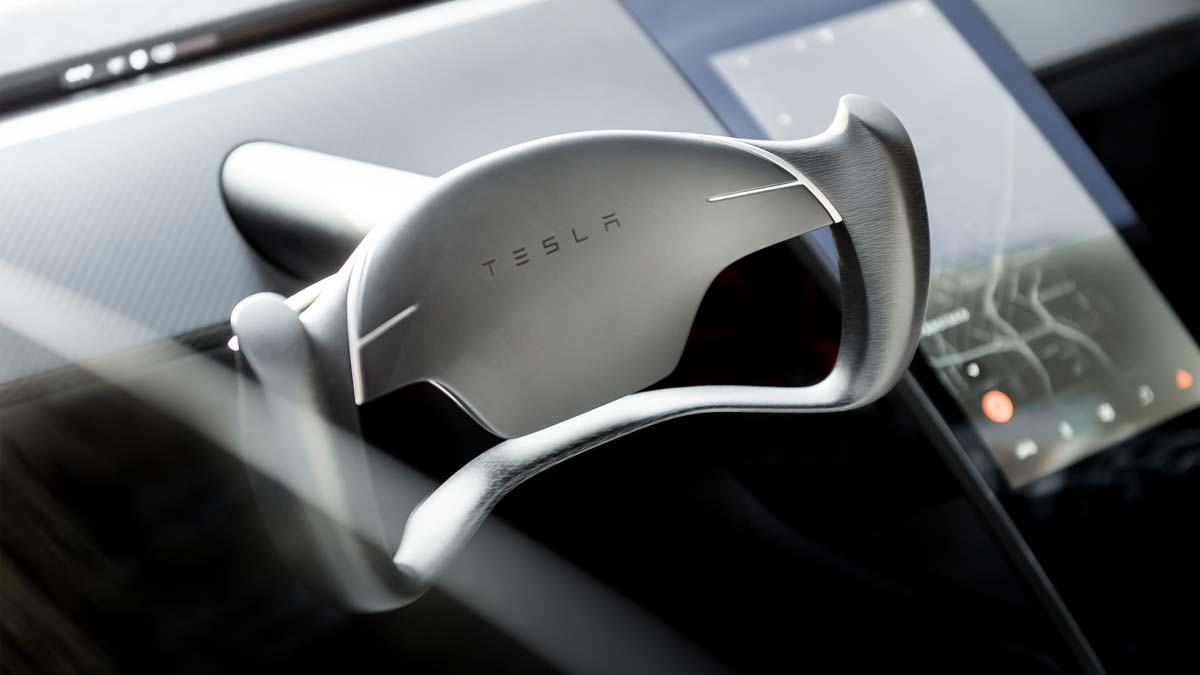

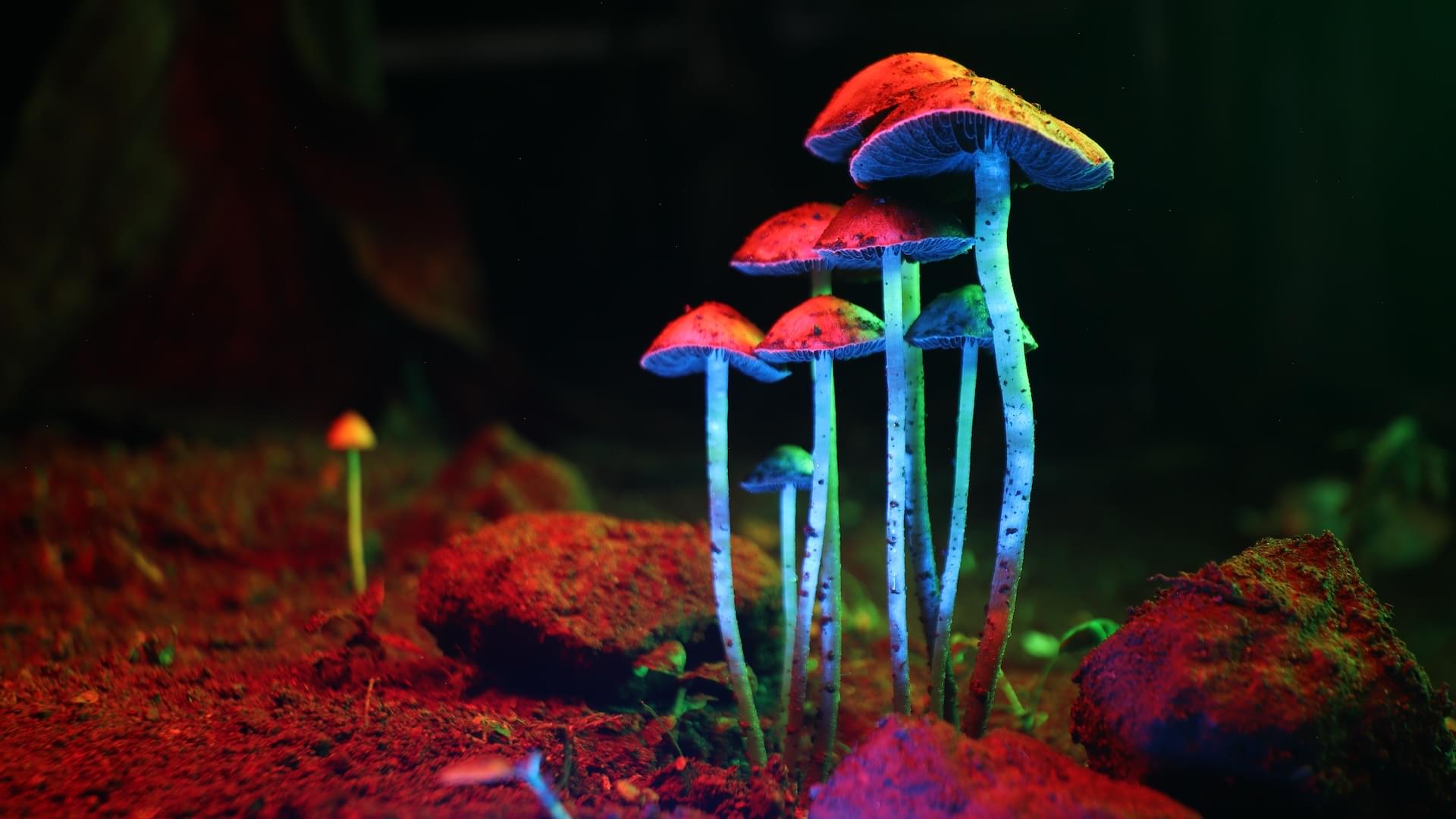
Psilocybin, the main psychoactive ingredient in magic mushrooms, extends the lifespan of human cells, a lab study suggests. Researchers also found that the psychedelic compound slows certain hallmarks of aging in older mice while improving their fur quality.
The findings, published July 8 in the journal npj Aging, provide the first experimental evidence of psilocybin’s potential anti-aging properties.
The National Institute of Standards and Technology (NIST) U.S. has set a new world record for the most accurate aluminum ion-based optical atomic clock.
This clock sets a new time-keeping benchmark, accurately measuring a second down to its 19th decimal place. That’s a major leap, making it 41% more accurate and 2.6 times more stable than the former record holder.
The aluminum ion clock’s accuracy record stems from two decades of persistent refinement.
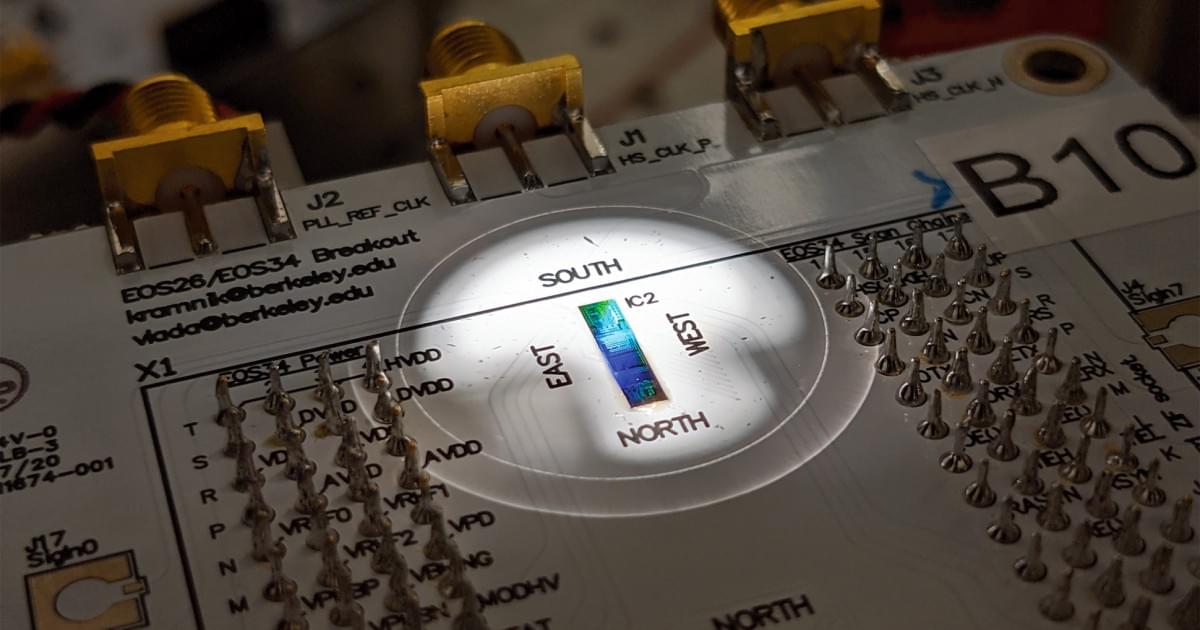
First time quantum light sources, control electronics are tightly integrated on a silicon chip.
A packaged circuit board containing the chip placed under microscope in probe station during an experiment. The first-of-its-kind silicon chip combines both the quantum light-generating components (photonics) with classical electronic control circuits — all packed into an area measuring just one millimeter by one millimeter.
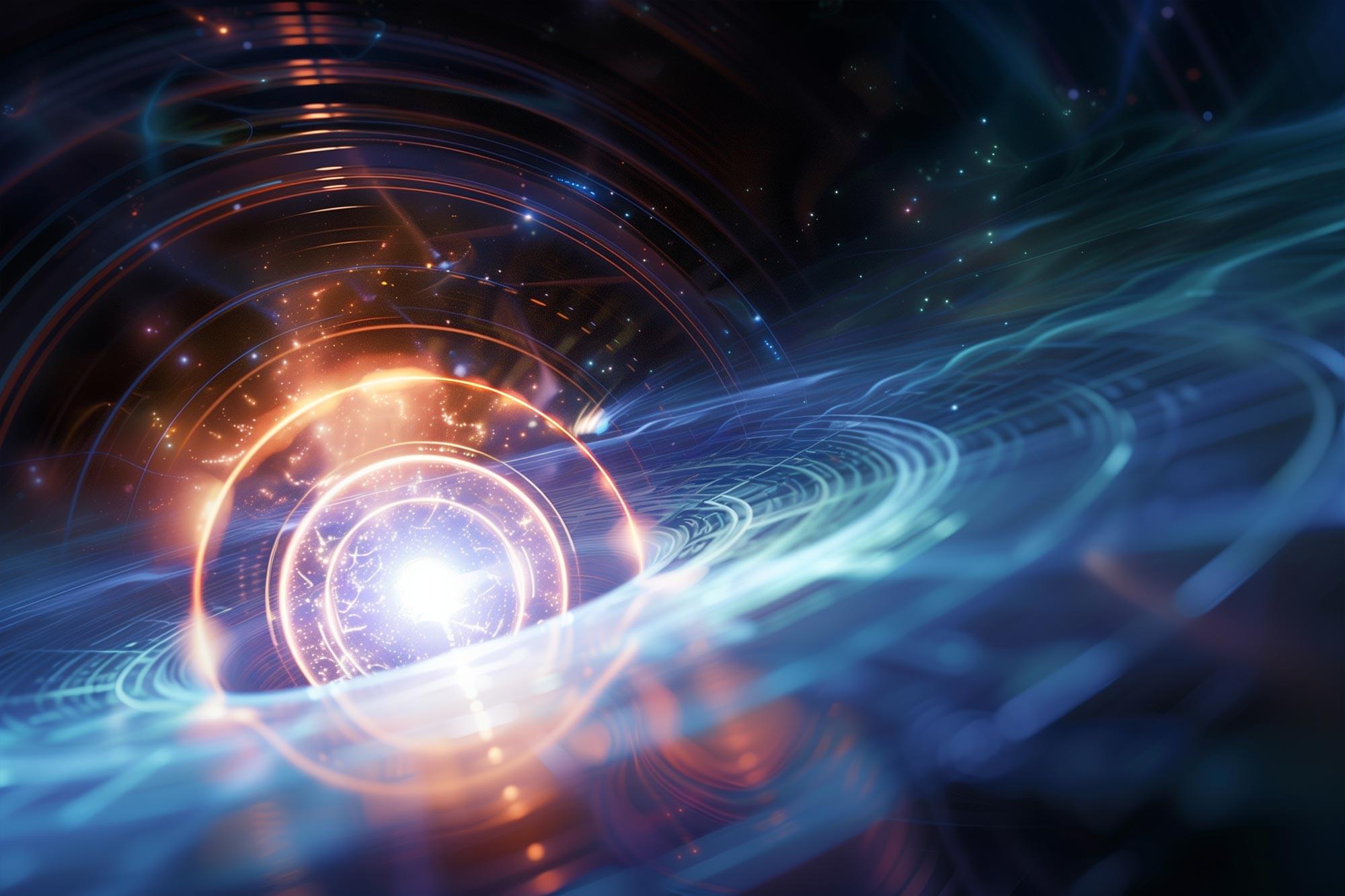
Tesla’s technological advancements and strategic investments in autonomous driving, particularly in its Full Self-Driving technology, are giving the company a critical and potentially insurmountable lead in the industry ## Questions to inspire discussion.
Tesla’s AI and autonomous driving advancements.
🚗 Q: When will Tesla’s Dojo 2 supercomputer start mass production? A: Tesla’s Dojo 2 supercomputer is set to begin mass production by the end of 2025, providing a significant advantage in autonomous driving and AI development.
🧠 Q: How does Tesla’s AI system Grok compare to other AI? A: According to Jeff Lutz, Tesla’s AI system Grok is now the smartest AI in the world and will continue to improve with synthetic data training.
🚕 Q: What advantages does Tesla have in autonomous driving development? A: Tesla’s Full Self-Driving (FSD) technology allows the company to collect and use real-world data for AI model training, giving it a significant edge over competitors relying on simulated or internet data.
Tesla’s Operational Excellence.
Questions to inspire discussion.
🏢 Q: What are Elon Musk’s current ownership stakes in Tesla and XAI? A: Musk owns 55% of XAI and 12.9% of Tesla, with potential to increase his Tesla ownership to 20% through a compensation package.
💰 Q: How do the valuations of XAI and Tesla compare? A: XAI’s valuation is expected to reach $200 billion in the next round, while Tesla’s valuation is approximately $1 trillion.
Potential Conflicts and Risks.
⚖️ Q: What conflict of interest exists for Elon Musk in a potential merger? A: Musk’s significant ownership in both companies creates a conflict of interest in merger discussions, as he must balance his interests in XAI (55% ownership) and Tesla (12.9–20% ownership).
🔒 Q: What control risk does Elon Musk face with Tesla? A: Musk currently lacks the 25% voting control needed for major decisions in Tesla, presenting a non-trivial control risk that could be mitigated through Tesla’s investment in XAI. ## Key Insights.
Questions to inspire discussion.
📈 Q: How has Waymo’s crash rate changed over time? A: Waymo’s crash rate increased 8x from 10 to 80 per deployed vehicle between 2024 and 2025, despite only a 2-6x increase in fleet size, indicating a potential decrease in safety.
Operational Insights.
🤖 Q: What proportion of Waymo crashes involved fully autonomous vehicles? A: 521 out of 696 crashes (74.9%) involved fully autonomous vehicles without safety operators, while 167 had an onboard safety operator and 5 had a remote operator.
Market Expansion.
🌎 Q: How has Waymo’s expansion affected its safety record? A: Waymo’s aggressive scaling into new markets like Georgia and Austin, in response to Tesla’s growth, may be contributing to the higher crash rate beyond the increase in deployment rate.

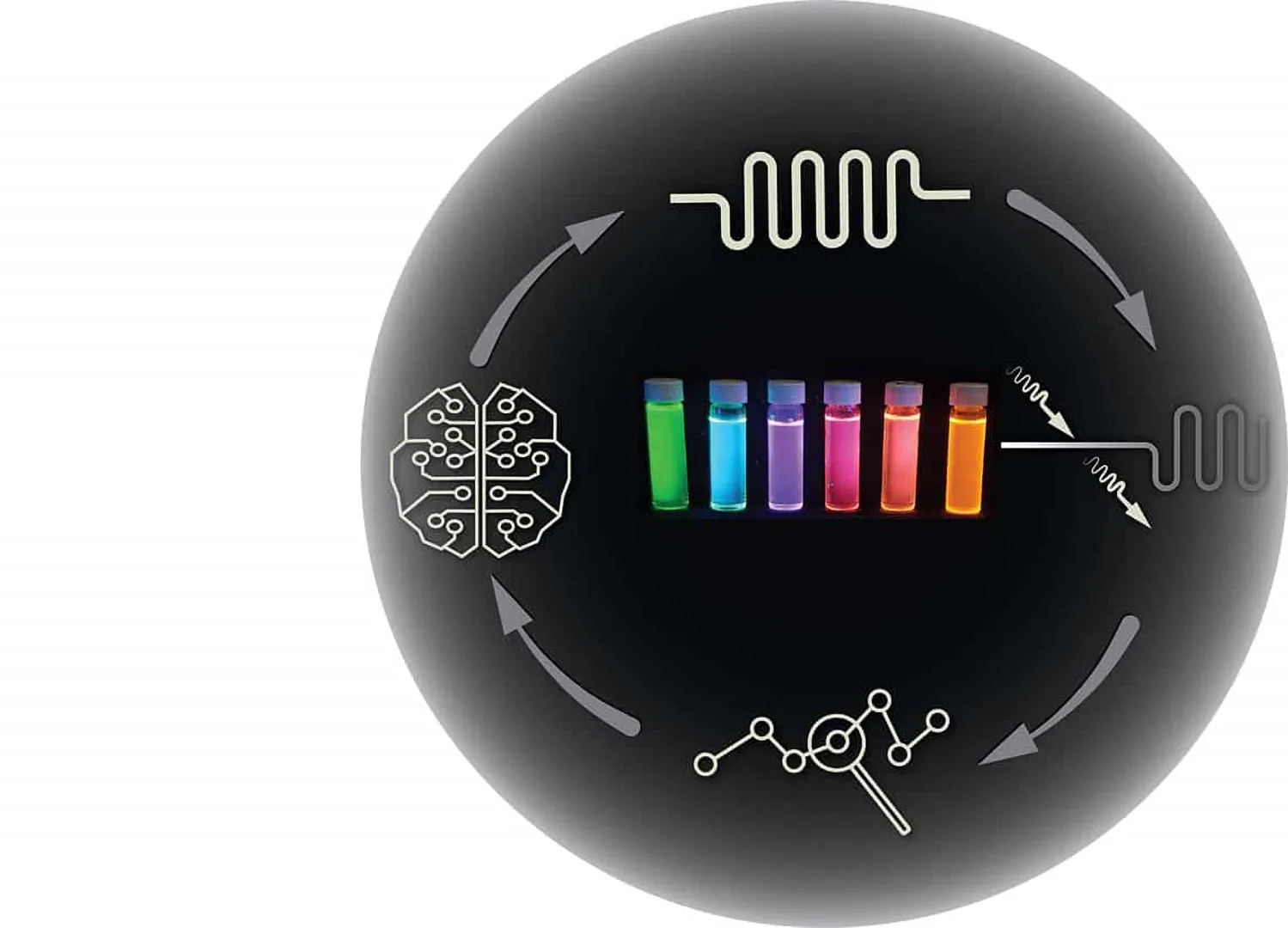
A new leap in lab automation is shaking up how scientists discover materials. By switching from slow, traditional methods to real-time, dynamic chemical experiments, researchers have created a self-driving lab that collects 10 times more data, drastically accelerating progress. This new system not only saves time and resources but also paves the way for faster breakthroughs in clean energy, electronics, and sustainability—bringing us closer to a future where lab discoveries happen in days, not years.